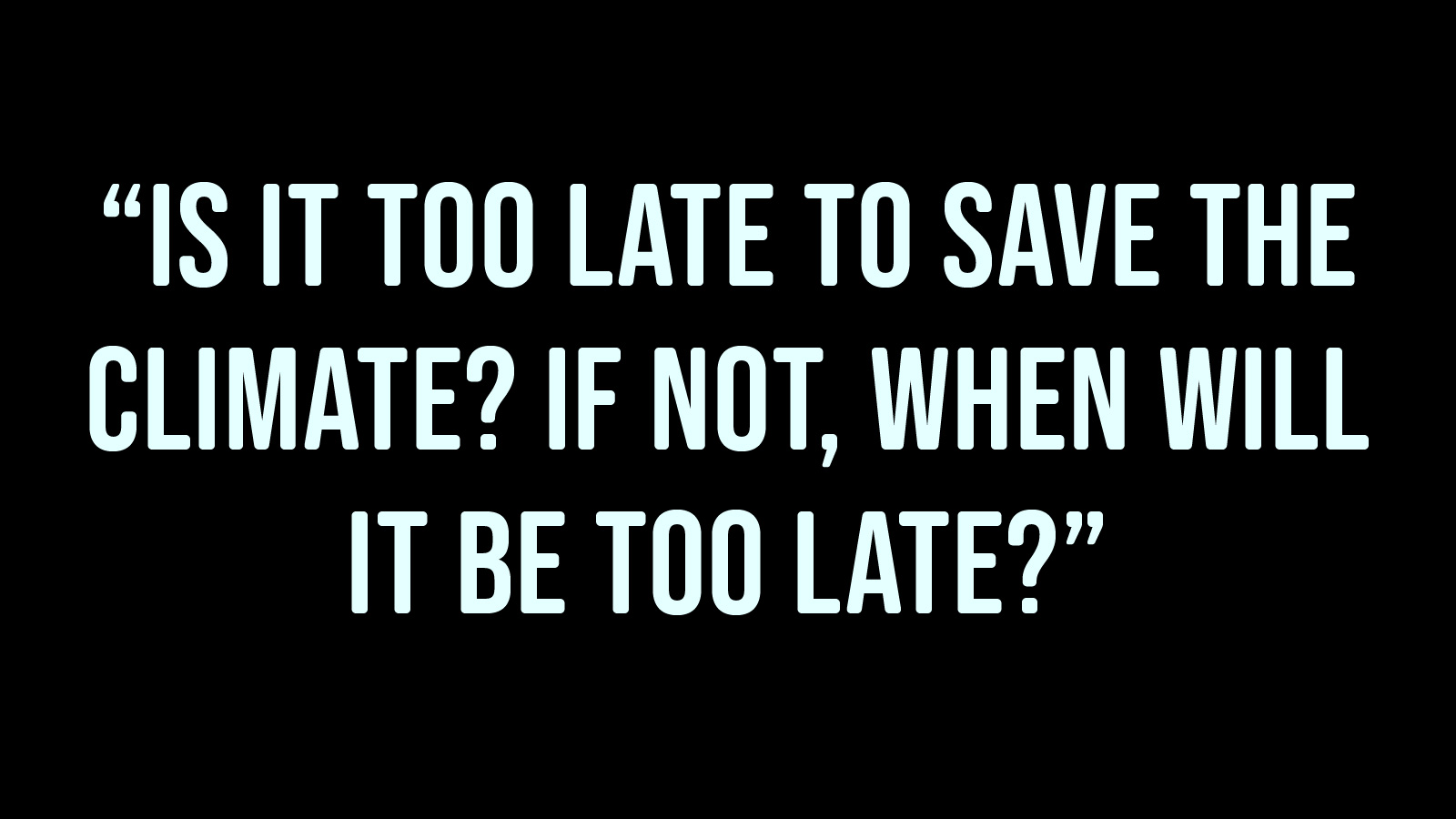KTH-developed chatbot makes climate research accessible
Qbot is a KTH-developed chatbot that specialises in climate issues. What makes it stand out from similar services is that it relies exclusively on scientific and peer-reviewed sources and can be adapted for many different applications. It is part of a collaborative, interdisciplinary project that aims to increase knowledge and capacity for climate action in society.
The project Climate Q collects young people’s questions about climate issues and matches them with expert answers from KTH researchers. This is the foundation for a chatbot developed jointly by the KTH Climate Action Centre and researchers from KTH’s School of Architecture and the Built Environment (ABE).
“The chatbot, called Qbot, can present advanced knowledge from scientific sources in a way that users at different levels can understand. It is primarily aimed at young people, but in the long run it will be available to anyone who wants to make more sustainable choices or learn more about climate issues,” says Henning Ottervald Flygare, project coordinator at the KTH Climate Action Centre.
Why not just use existing chatbots?
“Reliability is a key reason. Qbot uses only expert-reviewed sources and always cites them. The development team also brings its research on minimising AI hallucinations to the project, which further increases trustworthiness. Another advantage is that the chatbot we’re developing allows for customised applications.”
User testing
Qbot can provide a constructive way to use AI in primary and secondary schools. In March and April, the first live user tests were carried out with technology-oriented school classes from Kärrtorpsskolan and Ingridskolan. Hossein Shahrokni, one of the researchers in the project, leads the user testing:
“We have looked at how the students interact with the chatbot and listened to their suggestions, which has been very rewarding,” says Hossein. “We are now taking these reflections into account before the next round of tests in early autumn. We are also continuing to explore the potential for classroom integration.”
In addition to providing knowledge about climate action, the hope is that Qbot will strengthen the students’ problem-solving skills.
“The chatbot can help break down questions into clear parts, thereby training analytical ability. The fact that the sources are visible in the AI’s answers can also strengthen users’ source criticism,” says Hossein.
What challenges do you see?
“We are well prepared in terms of climate science, teaching methods and chatbot technology, but we also need to make Qbot feel user-friendly and accessible. The tone of voice and level of complexity have to be right. The goal is a chatbot that young people want to use and that teachers can trust, and user testing is absolutely central here,” says Hossein.
“Another challenge is that AI itself can have a negative environmental impact. It’s a balancing act, but we are committed to using the most sustainable and energy-efficient technology possible and are closely following developments in this field.”
Partnerships
Qbot has now grown far beyond its original set of questions and answers. Project lead Karin Larsdotter, deputy director of the KTH Climate Action Centre, says that several partners have already joined the project.
“We hope to expand our collaborations even further in order to make current research more accessible and to increase knowledge about climate action in society at large. Everyone who wishes to contribute their research on climate issues to train the bot is most welcome,” says Karin Larsdotter.
Facts
The project Climate Q is financed with funds from the Formas communication call.
The ”Q” in Climate Q stands for ”Questions”.
The development team consists of Oleksii Pasichnyi, Hossein Shahrokni och Shadaab Ghani, with support from KTH-students. Teachers from various high-schools are also part of the project, togehter with Vetenskapens Hus. The project is lead and coordinated by KTH Climate Action Centre.
Project Contacts
Text: Alexandra von Kern

